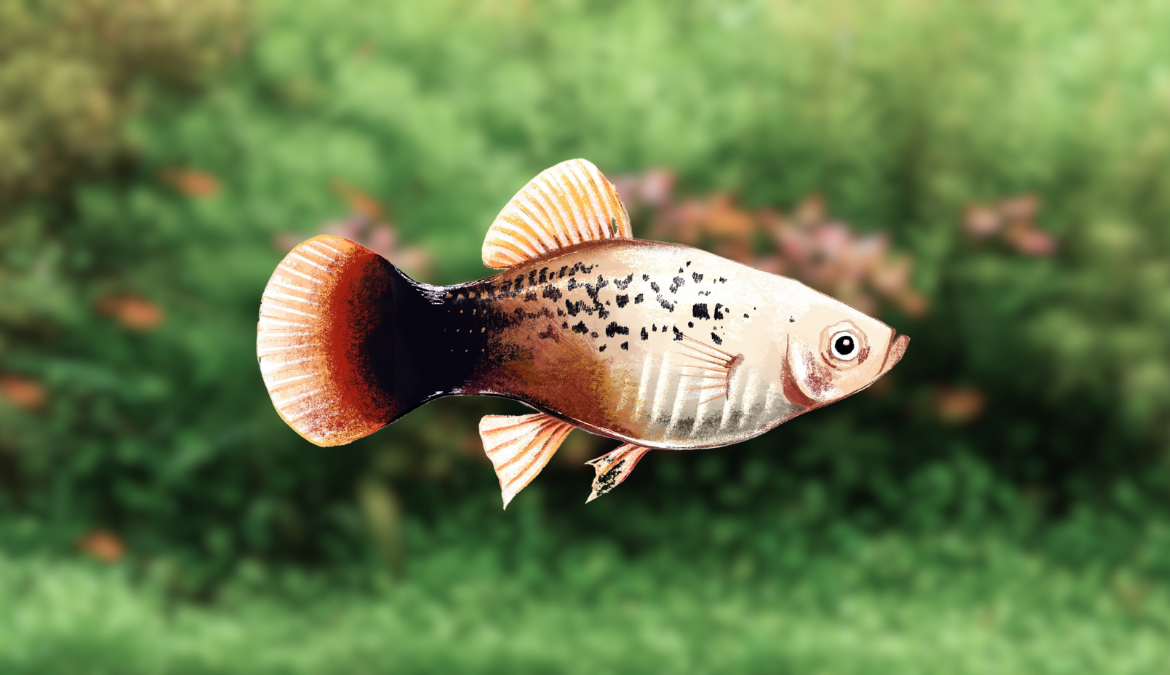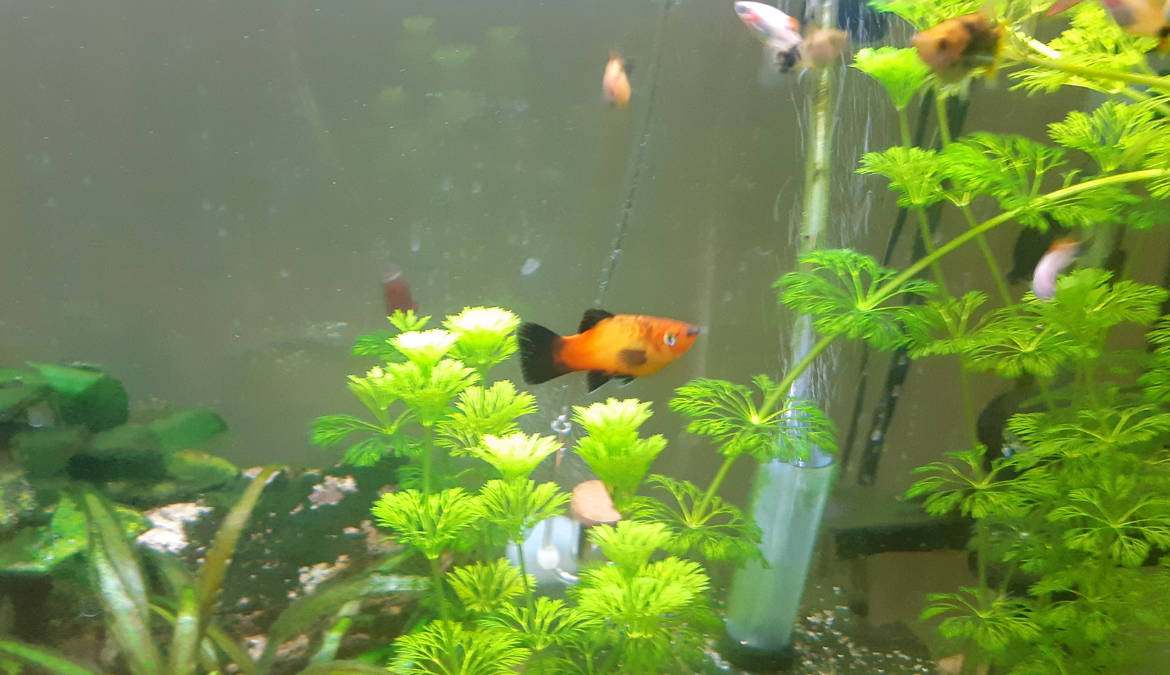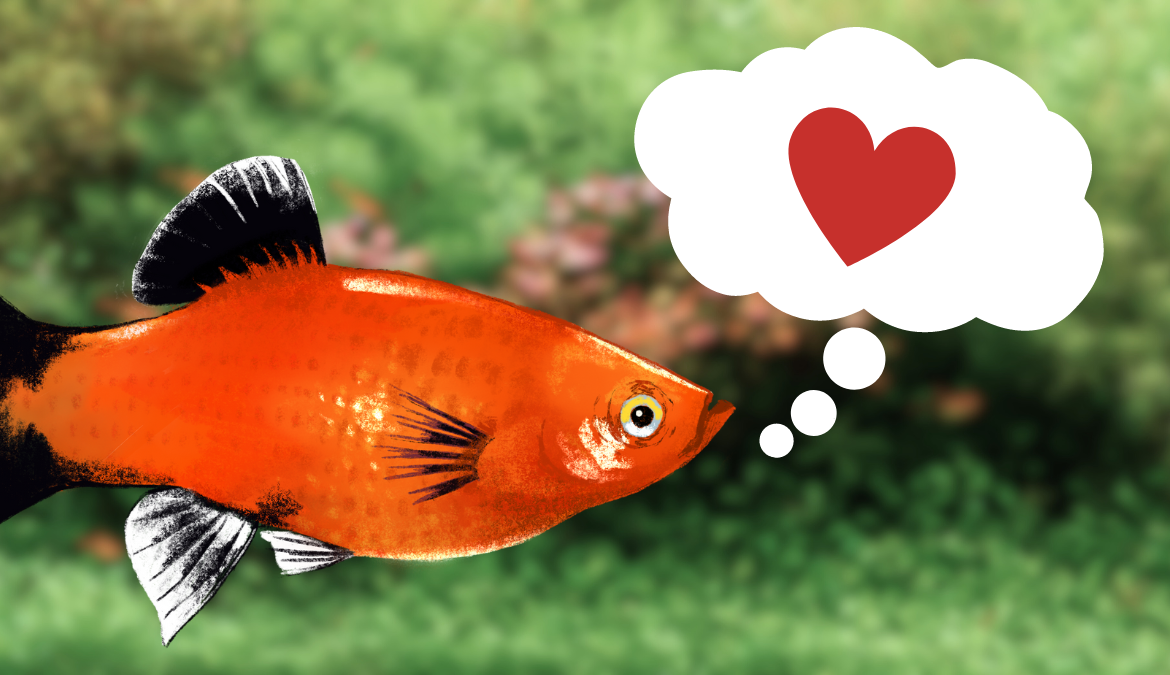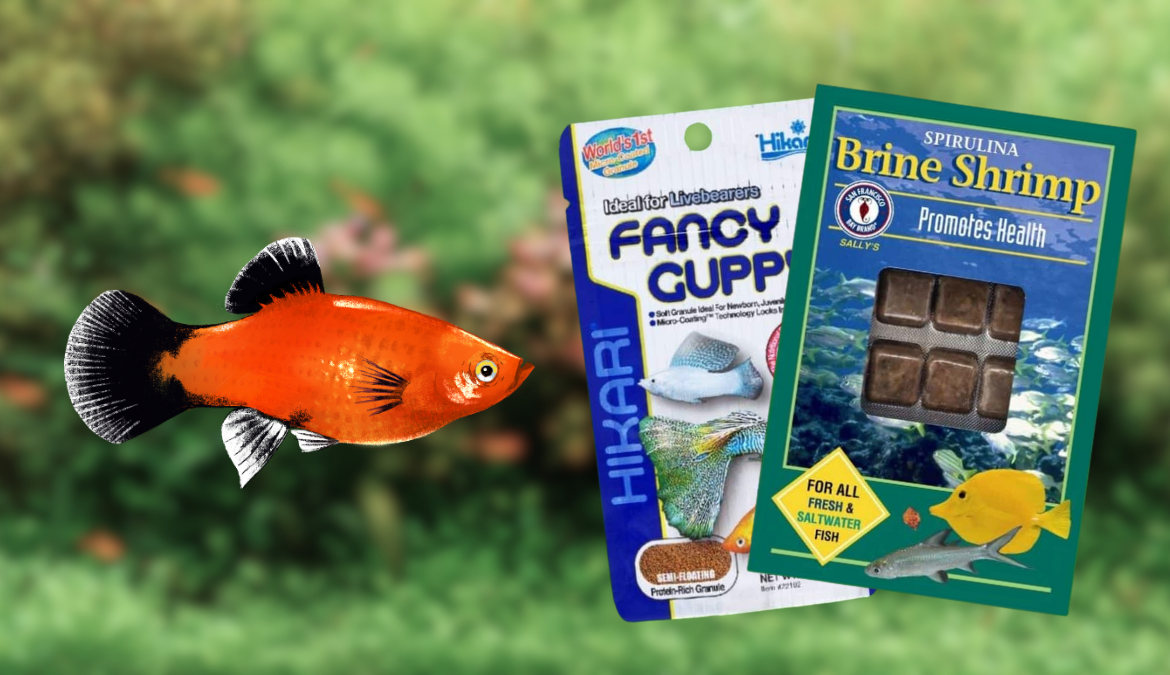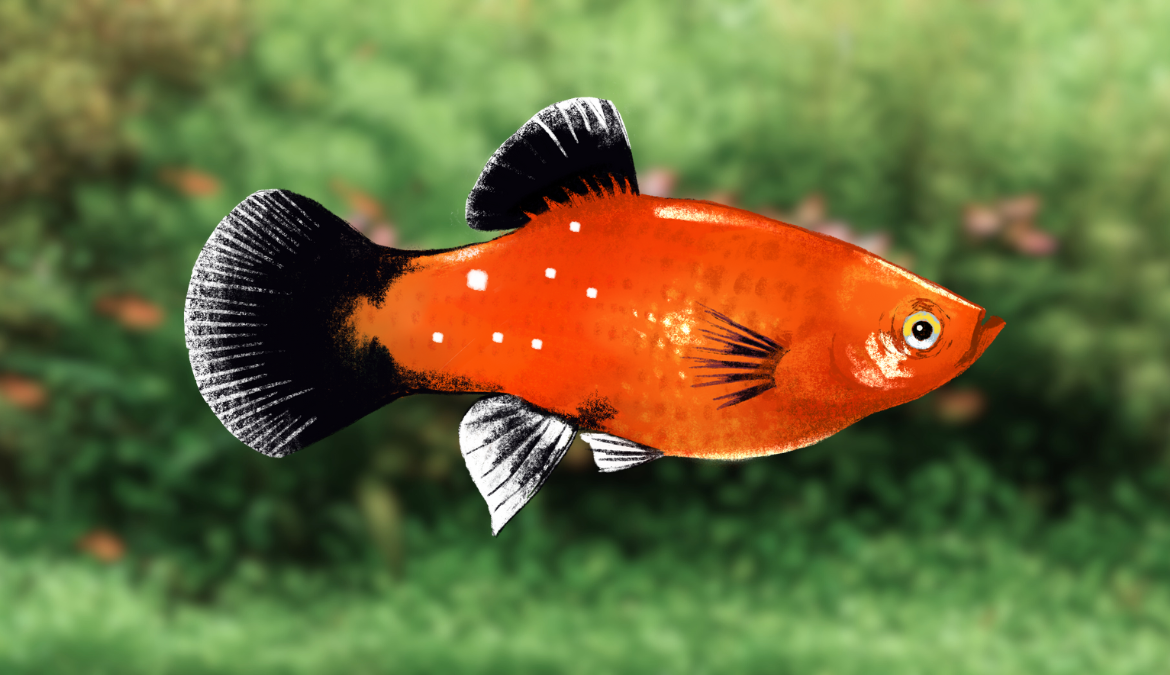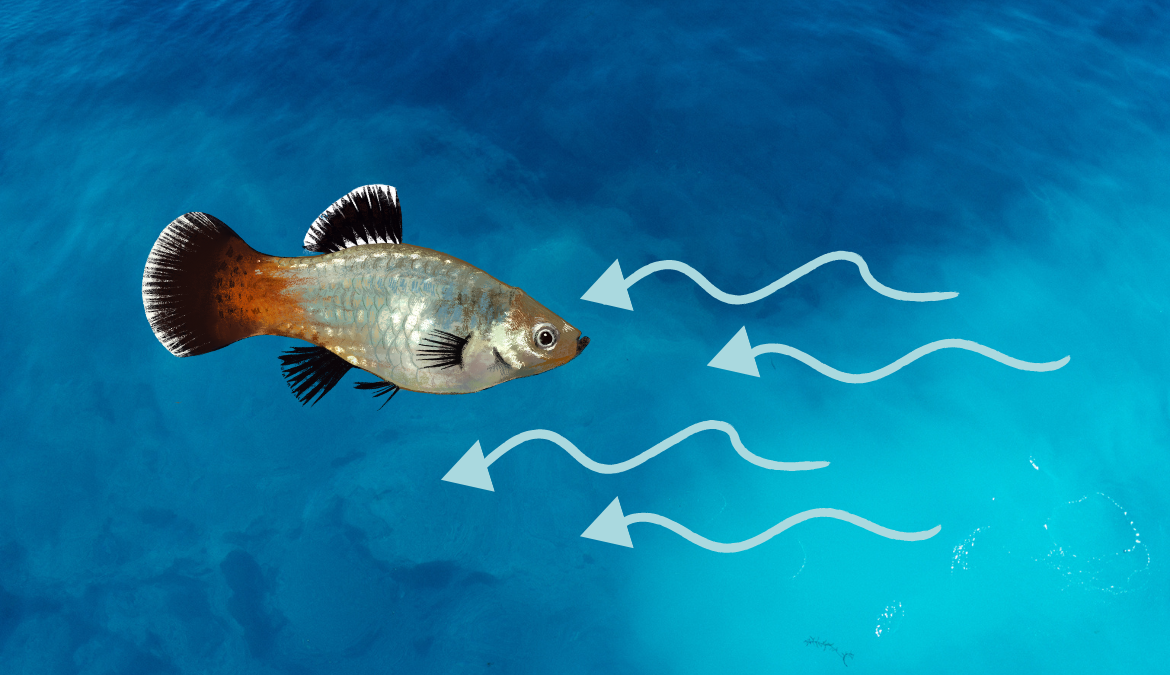You can prevent platy fish disease by maintaining proper water parameters, minimizing stress, and closely observing fish behavior. A 3-4 weeks quarantine tank is useful for recovering sick platies or introducing new platies to your community tank.
This article explains some of the important factors to think about for preventing platy fish disease.
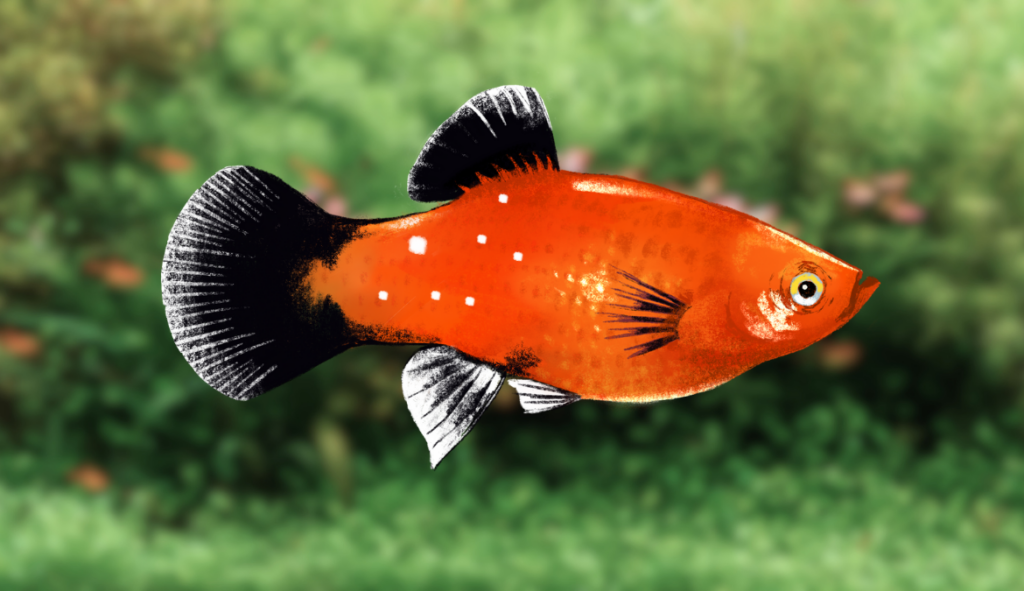
The Importance of Quarantine for New Fish
When introducing new platy fish to your aquarium, it is beneficial to quarantine them first. This step will help prevent potential diseases from spreading to the rest of your fish population.
Reasons for Quarantining New Fish
Even if the new platy fish appear healthy, they may carry pathogens that are not immediately visible or affecting them but could infect other fish in the tank. During the quarantine period, any signs of disease can surface, allowing you to treat the fish before it interacts with the others.
It’s important to understand that quarantining new fish isn’t an act of isolation. Instead, it’s an essential step in introducing new platies to your aquarium, ensuring the health of all inhabitants.
Setting Up a Quarantine Tank for Platies
Setting up a quarantine tank doesn’t have to be complicated. It can be a smaller version of the main tank, but it needs to maintain ideal platy fish tank conditions.
The tank should be cycled, meaning it has the necessary beneficial bacteria to maintain the nitrogen cycle, keeping the water safe for the fish. It should have a heater and filter, maintaining platy water parameters, and hiding spots or decor for the platy to feel safe.
An appropriate quarantine tank is a safe space for your new platy to adjust before joining the community tank, and a place where you can treat any potential health issues without risking the health of your other fish.
My primary tank is 20-gallons but I will quarantine new fish in a smaller 10-gallon tank. I think it’s okay to quarantine new fish in a smaller-than-optimal tank because they will only be in there for a whort period of time.
Duration of Quarantine
The quarantine period for new platy fish typically ranges from two to four weeks. This gives sufficient time for any latent diseases or infections to manifest.
During this time, you can observe the new fish for any signs of health issues while ensuring they’re eating properly and acclimating well to their new environment.
Observations During Quarantine
Monitoring the platy’s behavior during quarantine is key to detecting potential health issues. This may include things such as:
- Excessive hiding;
- Lack of appetite;
- Gasping for air;
- Flashing/bouncing off decorations;
- Erratic swimming; or
- Lesions, colored spots or other cisible signs of disease.
If any such signs appear, the fish should be treated accordingly, and the quarantine period extended until the fish has fully recovered.
Regular Tank Maintenance: A Preventive Measure
Proactive tank maintenance is a fundamental aspect of disease prevention for platy fish. A well-maintained tank promotes healthier fish and helps prevent the introduction and spread of diseases.
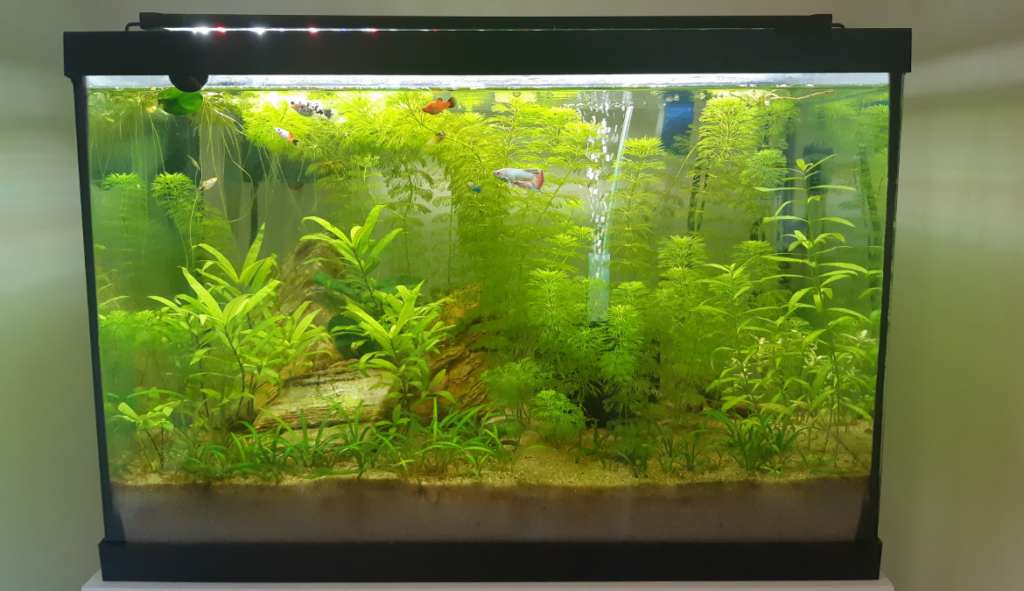
Maintaining Optimal Water Parameters
Platies thrive in specific water parameters:
| Temperature | 75-80°F (24-27°C) |
| pH | 7.5-8.5 pH |
| General hardness (GH) | 10-20 dGH (178-356ppm) |
| Ammonia | 0ppm |
| Nitrite | 0ppm |
| Nitrate | 0-40ppm |
This helps prevent stress that can lead to diseases. Regular testing of the water ensures it stays within the ideal range.
Regular Water Changes
Regular water changes are essential to keep the water clean and free from harmful substances. Changing about 25% of the water every week or two helps maintain platy water quality.
The fresh water replenishes minerals and removes waste products, contributing to the overall health of the platies.
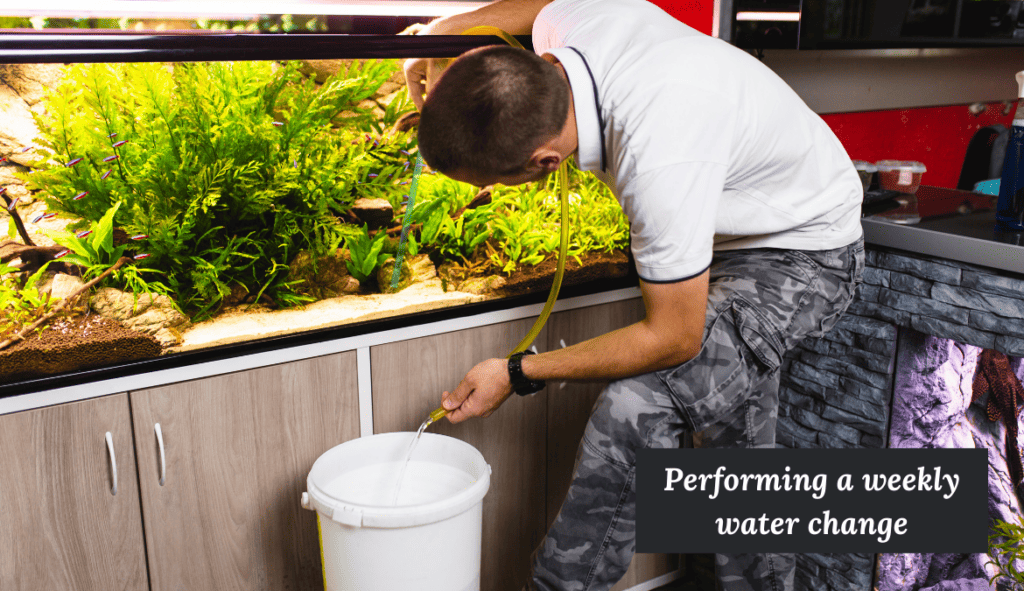
Cleaning the Aquarium
Cleaning the aquarium involves removing waste, leftover food, and algae. Clean the sides of the tank, the substrate, and any decorations or plants.
My cleaning routine includes:
- Scrubbing alge off the aquarium glass;
- Gravel vacuuming detritus from the tank floor;
- Removing 20-25% of the tank’s water and replacing with temperature-matched, dechlorinated tap water; and
- Squeezing out my sponge filter in tank water I just removed from the tank during the water change.

Filter Maintenance
The aquarium’s filter plays a vital role in maintaining water quality. It removes waste and harmful chemicals and houses beneficial bacteria.
Regularly clean the filter, but be careful not to destroy the bacteria colonies. Use aquarium water, not tap water, to rinse off the filter media.
I use a sponge filter and will rinse it in tank water during a water change about once per month.
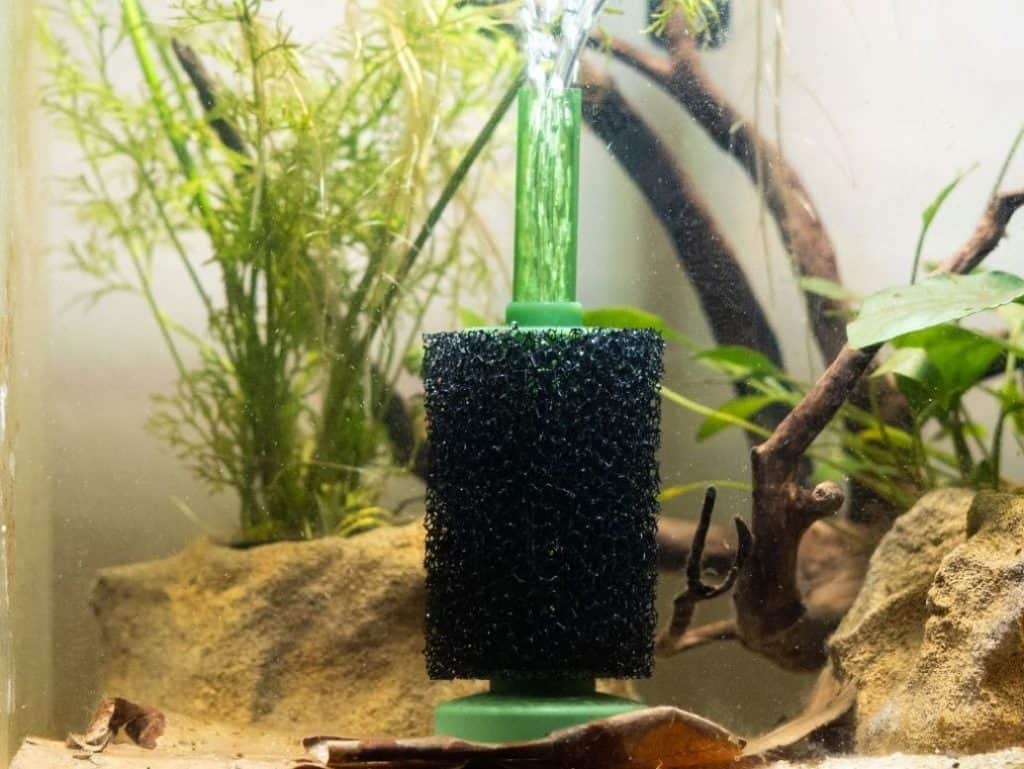
Monitoring Platy Behavior for Signs of Disease
Observing your platy’s behavior is an essential part of disease prevention. Changes in behavior can often be the first sign that something is wrong.
Behavioral Symptoms of Disease
Different diseases can cause varying behavioral changes in platies. These may include loss of appetite, lethargy, erratic swimming, bottom sitting, or hiding more than usual.
Any significant change in your platy’s usual behavior warrants close attention and potentially further action.
Importance of Early Detection
Early detection of disease is crucial for successful treatment and recovery. The sooner a disease is detected, the more likely it is that the affected fish can recover with minimal harm to the rest of the tank population.
Regularly observing your platy’s behavior and taking action at the first sign of trouble can save their life.
Nutrition and Disease Prevention
Good nutrition is another key factor in disease prevention. A healthy diet strengthens the immune system and helps fish fight off potential infections.
Cucumbers, kale, spinach, and garlic are great meal alternatives to feed your platy every couple days. Garlic has even been shown to be effective against parasites in some fish.

Providing a Balanced Diet
Platies are omnivorous and require a balanced diet that includes both plant and animal matter. A diet that includes high-quality flake food, as well as supplemental foods like live or frozen foods and vegetable matter, can help ensure they receive all necessary nutrients.
I feed my platies Hikari Fancy Guppy pellets as a staple meal once per day. I then supplement various fruits, vegetables and frozen foods throughout the week to mix it up.
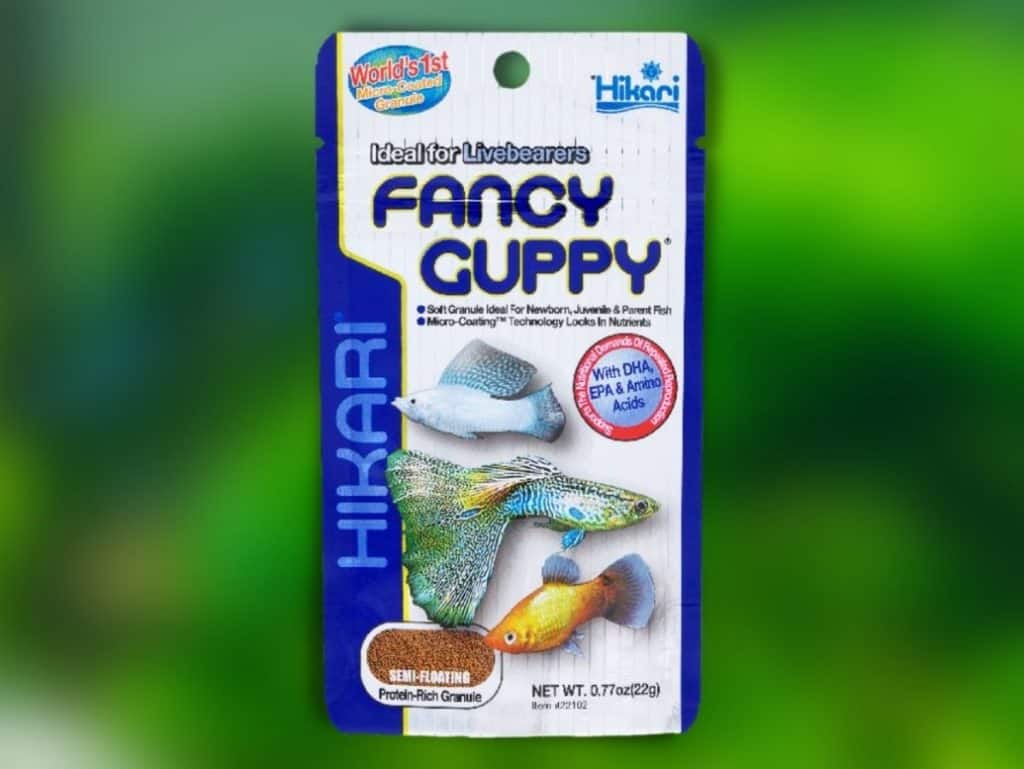
Avoiding Overfeeding
Overfeeding can lead to several health issues, including poor water quality and obesity.
It is generally better to err on the side of underfeeding than overfeeding. Platies should be fed only what they can consume in 2-3 minutes, once per day.
My recommendation, if you choose to feed vegetables and other varieties, is use that as a meal replacement for the day instead of feeding them twice in one day.
Platies will always greet you as if they are hungry but that is normal and healthy platy behavior. They require less nutrition than you probably realize and will also graze on algae, plant matter and other organic material in the aquarium throughout the day.
Managing Stress Levels in Platy Fish
Stress weakens the immune system of platies, making them more susceptible to diseases. Effective disease prevention includes managing and reducing sources of stress for your fish.
Causes of Stress
Many factors can cause stress in platies, including poor water quality, overcrowding, improper water parameters, inadequate diet, and aggression from tank mates.
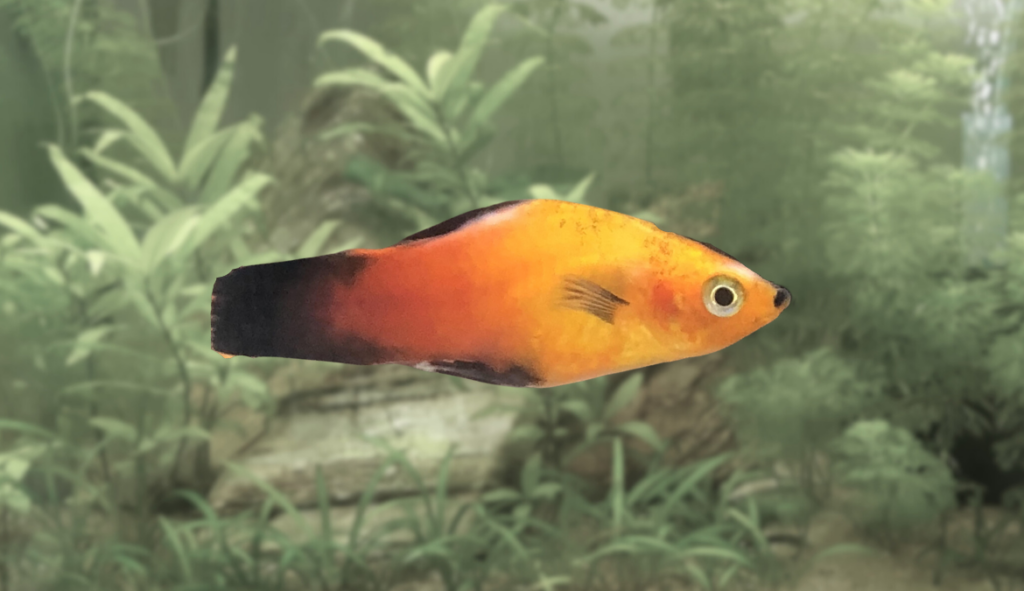
Signs of Stress
Signs of stress in platies can include erratic behavior, loss of color, clamped fins, lack of appetite, and hiding. If you notice these signs, it is important to identify and resolve the source of stress as soon as possible.
Handling Disease Outbreaks in Your Platy Fish Tank
No matter how diligent you are with preventative measures, disease outbreaks can still occur. Knowing how to respond effectively is critical to minimizing harm to your fish.
Identifying Sick Fish
Sick platies may exhibit a range of symptoms, such as changes in behavior, color, or appetite, or physical signs such as spots, blemishes, or unusual body shape.
Isolation and Treatment
When a fish shows signs of disease, it should be moved to a separate quarantine tank for treatment, if possible. This protects the other fish and allows for easier monitoring and targeted treatment.
Use medications or treatments as directed by a professional or reliable source, always bearing in mind the specific needs and sensitivities of platy fish.
Regular Health Checks for Disease Prevention
Implementing regular health checks can catch diseases early, greatly improving the chances of successful treatment.
What to Look For
Regular health checks should include observation of your platy’s behavior, physical appearance, and eating habits. Look out for any changes or signs of disease, such as spots, lethargy, lack of appetite, or unusual behavior, such as:
- Changes in Behavior
- Lethargy or lack of energy
- Restlessness or excessive activity
- Loss of appetite
- Changes in swimming behavior, such as swimming at the surface, swimming in circles, or sinking to the bottom
- Changes in Appearance
- Color changes, often appearing dull or faded
- Clamped fins (fins held close to the body)
- Visible spots or patches on the body or fins
- Excessive mucus on skin
- Unusual growths, lumps, or bumps
- Fin rot, where the fins look frayed or are getting shorter
- Pop-eye, where one or both eyes are protruding
- Dropsy, where the fish’s body appears swollen or bloated, especially in the belly
- Breathing Difficulties
- Rapid gill movement or gasping at the surface
- Gills appear red, swollen, or have white patches
- Changes in Excrements
- White, stringy poop
- Problems with Scales
- Scale protrusion (pinecone-like appearance)
Each of these symptoms may be indicative of a variety of potential health issues in platy fish, including bacterial or fungal infections, parasites, environmental stressors, or poor nutrition.
It’s important to monitor your fish closely for any signs of illness and to consult with a fish health professional or knowledgeable pet store if you observe anything unusual.
When to Consult a Professional
If you identify symptoms you can’t diagnose or if your platy’s condition worsens despite your efforts, it’s best to consult a professional.
Aquatic veterinarians or experienced aquarium keepers can provide valuable advice and assistance.


